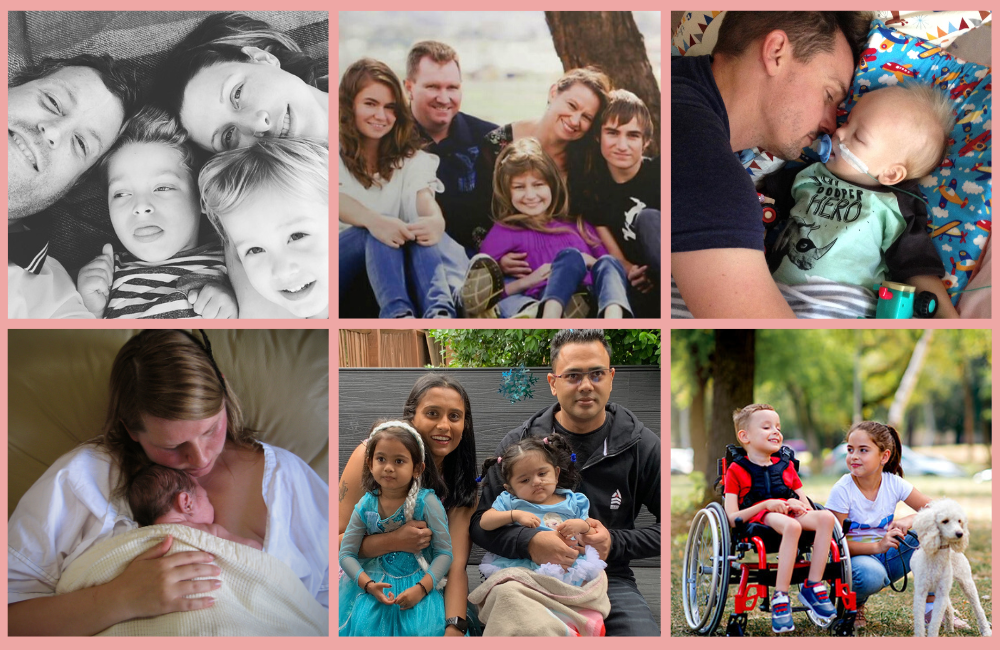
Paediatric palliative care and its important role within the health sector has been recognised with new funding from the Australian Department of Health and Aged Care.
The $1.25 million for Palliative Care Australia’s ‘Shaping the Future of Paediatric Palliative Care’ project builds on a growing awareness that palliative care for infants, children, young people, and their family’s requires a specialised focus.
“This investment by the Health Minister, Mark Butler, is timely because it means we can build on the hard work of the last three years in developing the Paediatric Palliative Care National Action Plan,” says Camilla Rowland, Chief Executive Officer, Palliative Care Australia (PCA).
“The Health Department has just given the final sign off on the Action Plan, so this new funding means we can get to work on some of its insights.
“The Action Plan is a roadmap for a national approach that provides guidance and direction on key priorities to improve outcomes for infants, children and young people living with a life-limiting condition.
“The strength of the Action Plan is the deep input patients, families, the work force, and other stakeholders have had in developing the final document,” Ms Rowland says.
The Action Plan was prepared by PCA in partnership with Paediatric Palliative Care Australia and New Zealand, with funding from the Australian Government.
“We are planning to launch the plan very soon and have it easily available to palliative care services and the wider health community,” Ms Rowland says.
“This is a first of its kind for Australia and there is a real momentum behind it.”
With the Action Plan approved, PCA is now fully scoping what the ‘Shaping the Future of Paediatric Palliative Care’ project looks like.
“To receive this new funding now means we don’t lose any of the knowledge, contacts, or energy of the Action Plan – we can build on it and grow its impact for the precious people it seeks to serve,” Ms Rowland says.
“Drawing on the voice of lived experience will again be really important to our work.”
You can view and download the Paediatric Palliative Care National Action Plan here.
A snapshot of paediatric palliative care:
- 28,976 children and young people (0-21 years) were estimated to be living with life-limiting conditions in Australia in 2021. Note: The actual number remains unknown due to a lack of readily available national data. The evidence to support planning and service delivery is limited
- Children under the age of 1 year are the biggest cohort of patients (around 300 children per 10,000 people), followed by 4-6yrs, 1-3yrs, 19-21yrs, 16-28yrs, 13-15yrs, 10-12yrs, and 7-9yrs (all between 25 and 40 children or young people per 10,000 people). Bowers A et al. (2020)
- 38% of life-limiting conditions in children and young people are cancer related. Bowers A et al. (2020)
- Aboriginal and Torres Strait Islander People have higher prevalence of paediatric life-limiting conditions. Bowers A et al. (2020)
- The proportion of children with a life-limiting condition who have complex needs is estimated to be around 38%. Palliative Care Australia (2018)
- Unlike adult patients, paediatric palliative care is generally delivered over a longer time frame – on average, it’s about 40% longer than for adults. Connor SR et al. (2017)
Text by: Palliative Care Australia






